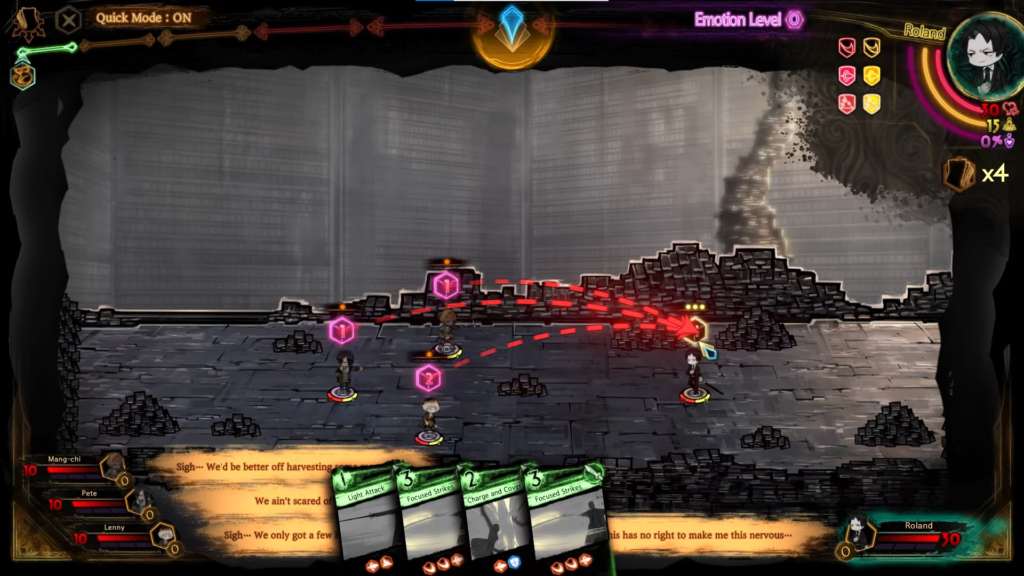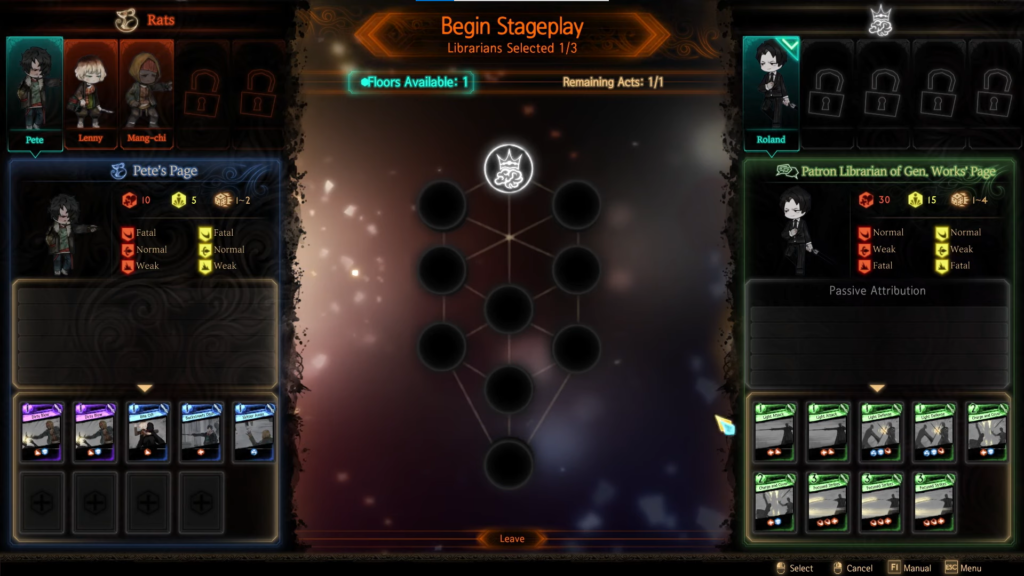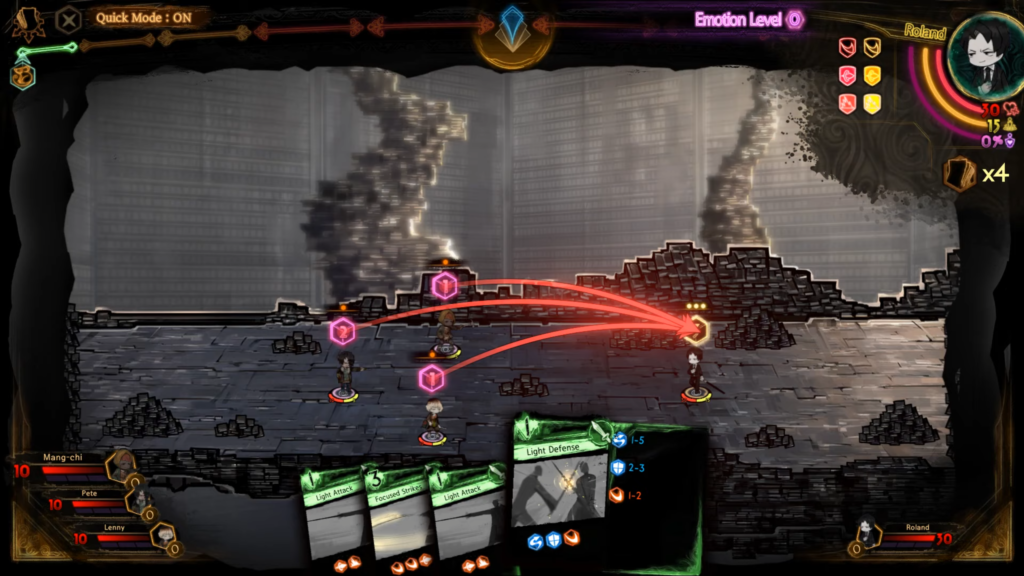“Library of Ruina,” the 2021 sequel to the 2018 management simulation game “Lobotomy Corporation” by Project Moon, is a mix between a strategy, card and visual novel game with bits of psychological horror sprinkled throughout.
At its core, it’s a deck-building game similar to “Hearthstone,” a turn-based player versus player army building game, but it plays more like a strategy board game with a single player commanding a team of units strategically. In the game, the player explores a mysterious Library that has appeared in the middle of an urban city.
“Library of Ruina” is built like a tower split into many different fights between levels, from “Urban Myth,” the easiest, to “Start of the City” and “Impuritas Civitatis,” the hardest. Lore is sprinkled throughout each battle. In each one, the player can learn more about the world around the Library.
After each fight, the player receives “Books of the Fallen,” which can be burned to unlock new and more powerful cards, opening the door to more creative, but often difficult to coordinate strategies, or discarded before fighting the next enemy.
Like many other board games, success depends on preparation, planning and the ability to excel in the action phase.
In the preparation phase, the player sees the strengths and weaknesses of their enemies from their decks and can form a deck of nine for each librarian, player-controlled characters, to fight the enemy.

Photo by Sam Bai
The first stage of combat where enemy combat pages can be seen.
The planning phase begins once combat starts and the player sees which enemy is attacking which librarian. The order of attacks is determined by a randomly generated speed dice, determined by combat pages, that appears on top of every character. Careful planning of the speed dice allows the player to decide who fights whom.
The player can then play a combat page costing energy to fight enemy combat pages. A block, dodge, melee, mass or ranged attack can lower an enemy’s health or stagger resistance. If stagger resistance is reduced to zero, then the staggered enemy takes double damage from librarian cards.

Photo by Sam Bai
Main stage of combat where the player plans out engagements.
Once the action phase begins, all characters start fighting on the pre-planned combat pages and deal damage to a random offensive dice roll. The winning, losing and death of an enemy or ally results in emotion points for the enemy or librarian. Once enough emotion points are reached, librarian energy is increased and then replenished to fuel the play of even more powerful combat pages. The higher the enemy’s emotion level, the more rewards are dropped. However, the player needs to consider if the higher emotion level and rewards are worth the risk of their librarians dying.

Photo by Sam Bai
Phase of the game where the planned actions are animated.
The difficulty of the game keeps me coming back. There will be times when the enemy seems indefinitely stronger than my librarians, always rolling a higher offensive dice roll or killing my librarians before they can do any significant damage. No matter what combination I try, it seems as though the enemy inherently has stronger abilities. Although this burned me out a few times, I always come back to try again.
Either through brute forcing a solution or reading guides online, I figure out the weaknesses of my enemies and plan accordingly, slowly making my way toward the end of the game. Although some might say reading the Wiki page for “Library of Ruina” is cheating, I think of it more as self-learning.
The game naturally encourages attempting new strategies for each level. To unlock every single card a certain level offers, the same level must be replayed multiple times. Newly unlocked cards can then provide the solution for the next level.
Graphics for “Library of Runia” are also drawn beautifully, with cartoon-like characters placed in a dystopian future to create an unsettling atmosphere. The music is eerie and increases in speed with every emotion level of the librarian, making each fight increasingly intense.
Although the game is difficult to learn and frustrating at times, the storytelling and feeling of accomplishment after finishing each level are definitely worth the $30 price tag.
























